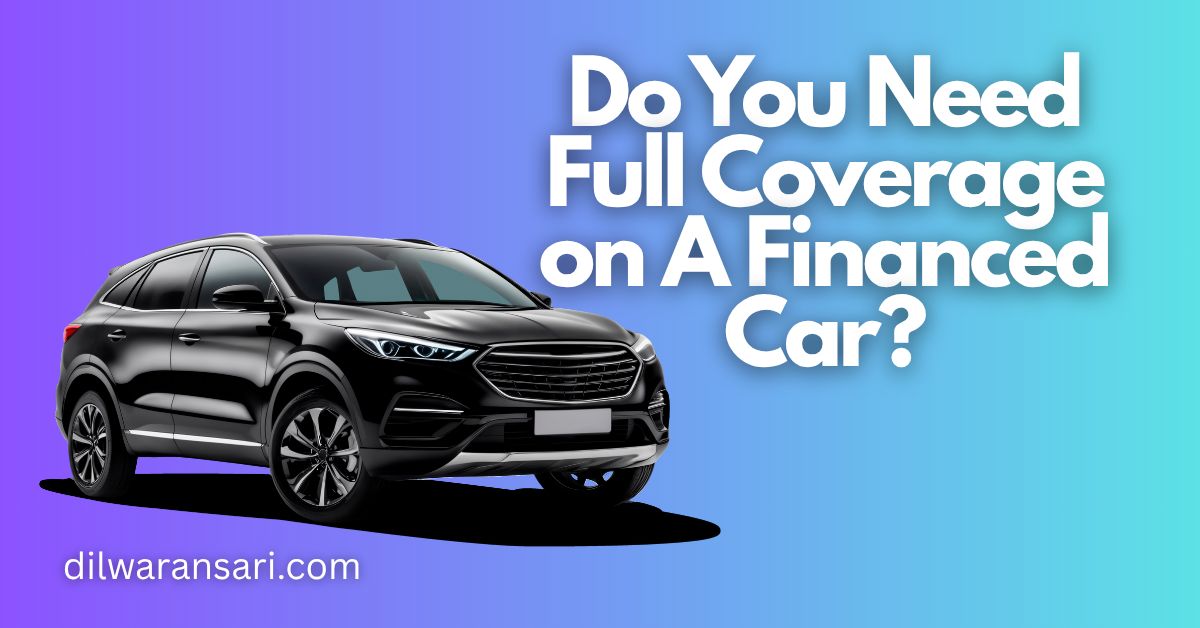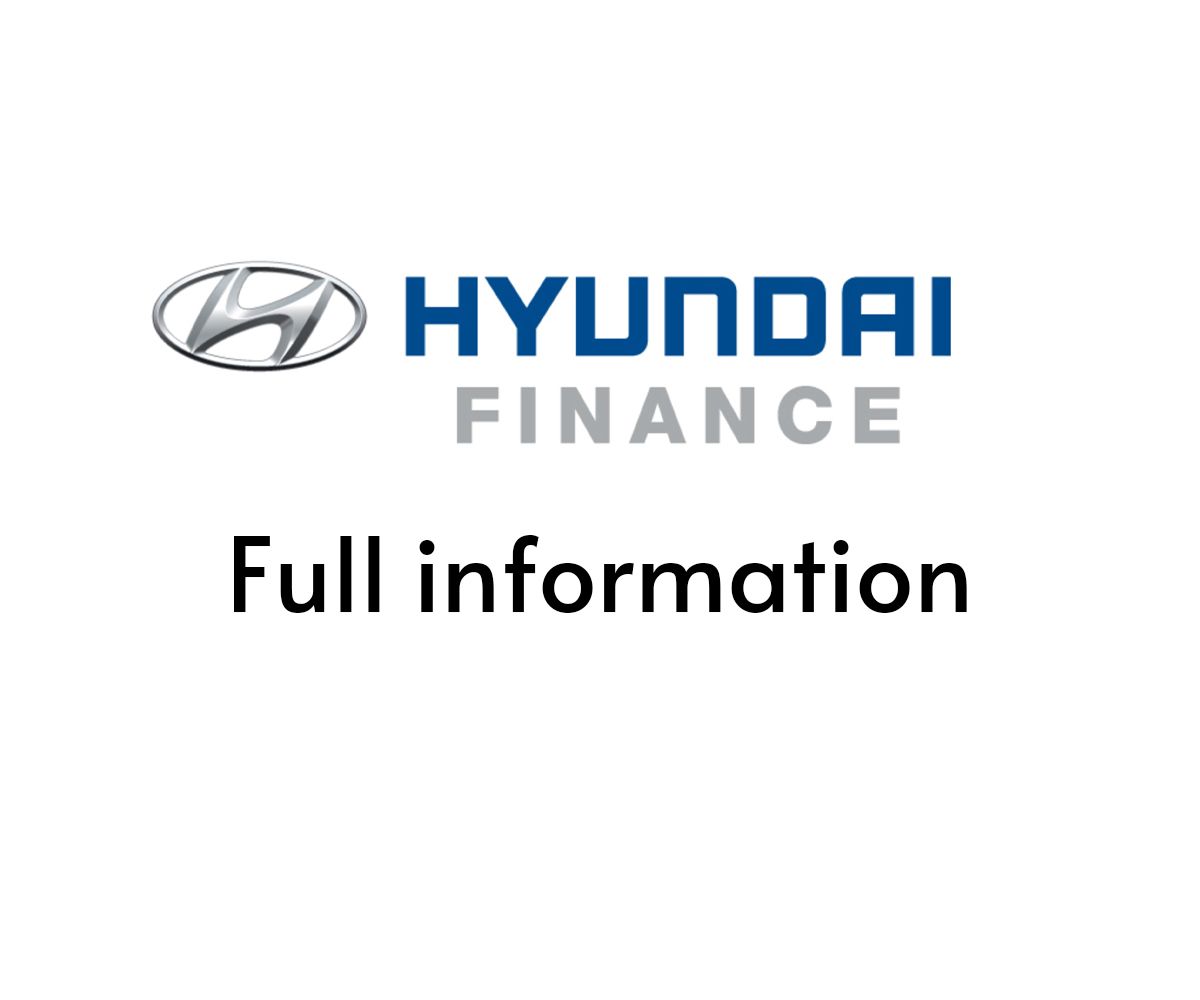Are You Planning on Upgrading Your Vehicle but Still Owing Money on It? Don’t Worry; Many Car Owners Wonder, Can you trade in a financed car? Luckily, yes, it is possible; however, it will not be as straightforward. When your current vehicle still owes money on its loan balance, the trade-in process requires some additional steps and financial considerations. Knowing your loan payoff amount and trade-in value is crucial to achieving positive equity (where your car is worth more than its outstanding balance).
In this guide, we’ll explain how trading in a financed car works, what to expect with various loan situations, and how to make informed decisions. If you’re uncertain of your options or feel unsure of how best to approach trading-in, this article can help make sense of it all and avoid costly errors.
How Does Trading In A Financed Car Work?
Before visiting the dealership, you’ll need to gather certain pieces of information to start trading in your financed car. Here’s an outline of this process:
1. Determine Your Loan Payoff Amount
Contact your lender and request the “payoff amount,” which consists of both principal and interest, and any early termination fees or penalties associated with your loan.
2. Establish Your Car’s Trade-In Value
To determine your car’s trade-in value, either visit a dealership or use online tools such as Kelley Blue Book or Edmunds to obtain an estimate from dealerships or online tools such as Kelley Blue Book or Edmunds. These estimates reflect what dealers would be willing to offer in return for selling your vehicle to them.
3. Evaluate Each Instance
Once you know both your payoff amount and trade-in value, compare them:
If the value of your vehicle exceeds what is owed on it, this indicates positive equity.
If it’s worth less, you have negative equity.
These two scenarios can impact your trade-in in different ways.
Trading In With Positive Equity
This is the ideal situation: If your vehicle has more value than what it owes, any excess equity becomes credit toward purchasing your next car. For instance:
- Trade-in Value: $15,000
- Loan Payoff Amount: $10,000
- Its Equity Amount: $5,000
Your $5,000 can go directly toward purchasing another car, either as a discount or down payment – in some cases, even providing cash back!
Trading In With Negative Equity
Trading in your car when its trade-in value falls short of what is owed can be tricky. Any remaining balance must go somewhere.
Example
- Trade-in Value and Loan Payoff Amount = $10,000
- Negative Equity Amount = $4,000.
Your two options for trade-in are as follows:
- Pay the difference upfront.
Cover the $4,000 out-of-pocket amount to complete the trade.
Your outstanding debt may have been converted to your new loan balance, so it has been consolidated into the loan terms.
- Roll over the balance into your new loan.
Your new car loan increases in both debt and payment by adding $4,000 as additional interest charges, raising both debt and monthly payment amounts accordingly.
Though refinancing negative equity may seem appealing, doing so can be financially risky as it increases your chance of falling “underwater” on a new loan.
Should You Trade in Your Financed Car?
There’s no universally correct answer; instead, it depends on your individual financial goals, vehicle condition, and loan terms. Here’s what to keep in mind when making this decision:
Pros
- Convenience: The dealership handles the loan payoff process.
- Upgrade Opportunity: Consider investing in a more fuel-efficient or modernized vehicle as an upgrade opportunity.
- Reduce Your Car Costs: By downsizing, you could find that you lower your car expenses.
Cons
- Rolling Over Debt: If your car is underwater, rolling over debt could result in additional interest payments on any new purchase.
- Interest Charges: Leasing an expensive car costs more in interest over time.
- Depreciation: New vehicles tend to depreciate quickly, especially if your new loan includes debt consolidation.
Before heading into a dealership, follow these strategies for an effective trade-in:
Be Wary of Initial Quotes
Before heading to the dealership, follow these best practices to protect your finances:
Get Multiple Offers
Get multiple estimates by visiting various dealers or searching online platforms until you find what best matches your trade-in value.
Negotiate Separately
To avoid confusion and provide a more precise breakdown of costs, treat your trade-in purchase and new car purchase separately when negotiating. This ensures a more transparent cost breakdown.
Understand Loan Terms
Understand the ramifications of rolling over negative equity, such as its effect on the interest rate and loan term of your new loan.
Consider a Private Sale
A private sale could bring in more funds, helping you cover your loan balance more quickly. But be prepared to handle all of the necessary paperwork yourself when paying off the car loan balance.
Alternatives to Trading In a Financed Car
If the numbers don’t work in your favor, it may be beneficial to explore other alternatives:
Refinance Your Loan: Refinancing could help improve your equity over time by lowering interest rates or monthly payments, leading to enhanced equity over time.
Wait and Reduce Loan Balances: It may be prudent to delay trading until more of your loan has been paid off – particularly if your assets are underwater.
Lease Swap or Buyout: Swapalease offers lease swapping or buyout options. When leasing, take a closer look at early buyout or transfer options through platforms such as Swapalease.
Final Thoughts
So, can you trade in a financed car? Certainly, whether or not it should depends on your current financial circumstances. Trading with positive equity makes the transaction simpler, potentially helping reduce the costs of purchasing your next vehicle; conversely, in cases of negative equity, it’s crucial to fully understand all long-term implications before proceeding.
Conduct your due diligence: calculate your payoff amount, research car values, and explore all available options before making your decision. Knowing all this information helps you make informed choices that best suit your budget.
If you’re still wondering, can you trade in a financed car? The answer is “yes“-make sure it is the appropriate financial step for your situation.












How to transfer car finance to another person? - dilwaransari.com
[…] Also read: Can You Trade In a Financed Car? Here’s What You Need to Know […]